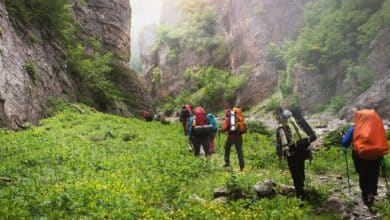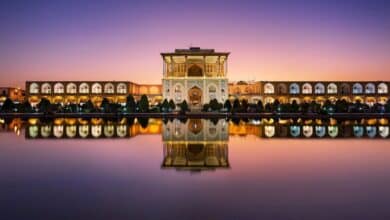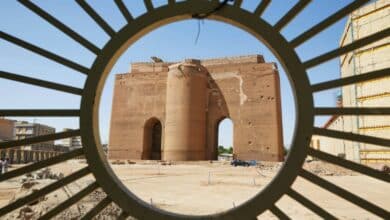Mountaineering in Iran: Conquering Magical Peaks
Get to know the universe of Iran's mountains
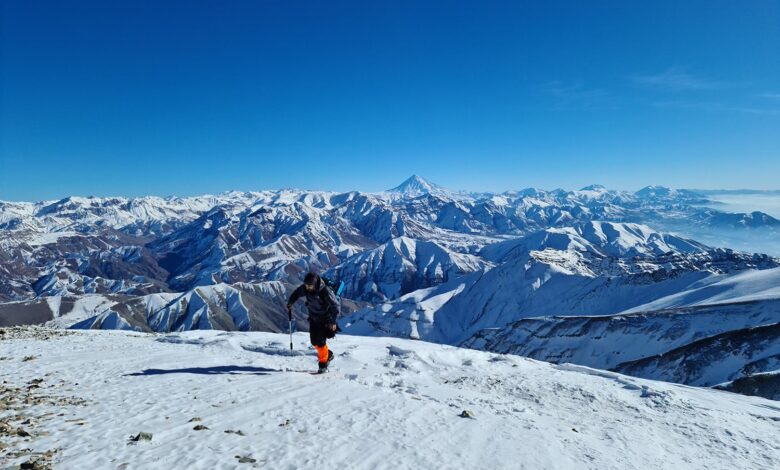
Mountaineering in Iran, a country known for its stunning landscapes, diverse culture, and rich history. It also has some of the world’s most magnificent mountain ranges. These transcending tops shape the country’s topography as well as assume a huge part in its way of life, history, and environment. From the rough Zagros Mountains in the west to the transcending Alborz Mountains in the north, Iran’s mountains offer a wealth of natural beauty, adventure, and cultural significance. In this article, we will dig into the entrancing universe of Iran’s mountains, exploring their geological origins, unique features, and the cultural and recreational opportunities they provide.
Contents
Geological Origins
The mountains of Iran owe their reality to the complex land processes that have molded the locale for a long period of time. Iran sits at the intermingling of a few structural plates, including the Middle Eastern Plate, the Eurasian Plate, and the Indian Plate. The collision and interaction of these plates have created the dramatic mountain ranges that define Iran’s landscape.
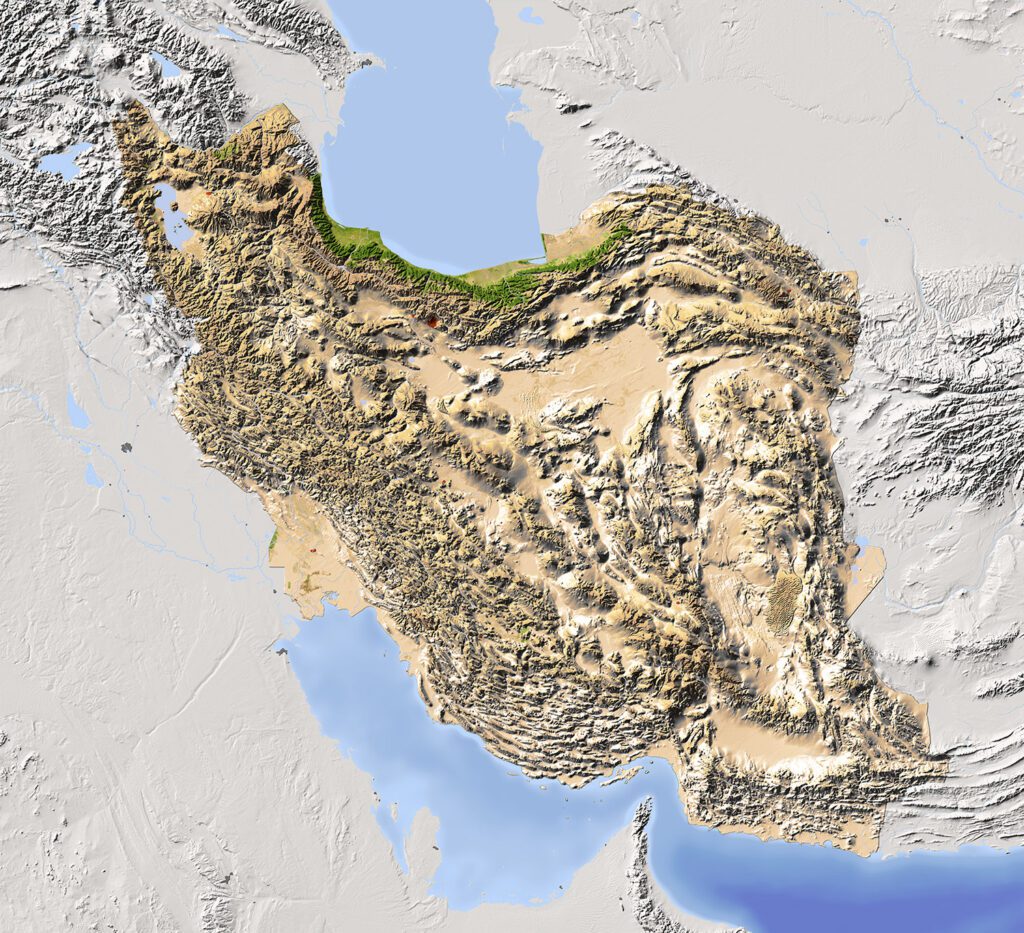
Zagros Mountains
The Zagros Mountains are one of Iran’s most prominent geological features and can be found in western Iran. These mountains stretch more than 1,600 kilometers (990 miles) from northwestern Iran toward the southwestern lines of the country. The collision between the Arabian Plate and the Eurasian Plate is the primary cause of the Zagros Range.
The Zagros Mountains brag a special topographical history, with towering peaks, deep valleys, and tough territory. They are portrayed by great geographical highlights, for example, separation points, overlays, and thrust faults, making them a mother lode for geologists and geology fans. Iran is located along a major earthquake zone, so the geology of the area also contributes to its seismic activity.
Alborz Mountains
The Alborz Mountains, which run along the northern boundary of Iran, are another staggering mountain range with a particular topographical history. The pressure exerted by the Eurasian Plate against the Arabian Plate led to the formation of these mountains. The Alborz range is more limited than the Zagros, however its peaks are no less great.
Unique Features and Biodiversity
Iran’s mountains are not simply topographical wonders; they are likewise overflowing with biodiversity and one of a kind natural highlights. Even though most of the country is dry, the mountains provide important habitat for many different kinds of plants and animals.
Flora and Fauna
The diverse ecosystems of Iran’s mountains are home to various endemic species, a significant number of which are adjusted to the difficult high-elevation conditions. The Alborz Mountains are renowned for their lush alpine meadows and coniferous forests, whereas the Zagros Mountains are home to oak, juniper, and walnut trees.

Untamed life in these districts incorporates panthers, earthy colored bears, ibexes, and Persian fallow deer. The remote and tough landscape has safeguarded these species from human infringement, making the mountains significant biodiversity areas of interest.
Water Resources
One of the most basic natural elements of Iran’s mountains is their job in giving water assets to the country. These mountains go about as normal water supplies, catching snow and precipitation and delivering it steadily into streams and springs. Millions of people across the nation rely on this procedure for drinking water and to sustain agriculture.
Cultural Significance
Iran’s mountains have significant social importance, well established in the nation’s set of experiences, workmanship, and writing. For millennia, these towering peaks had a focal impact in molding the character of the Iranian public.
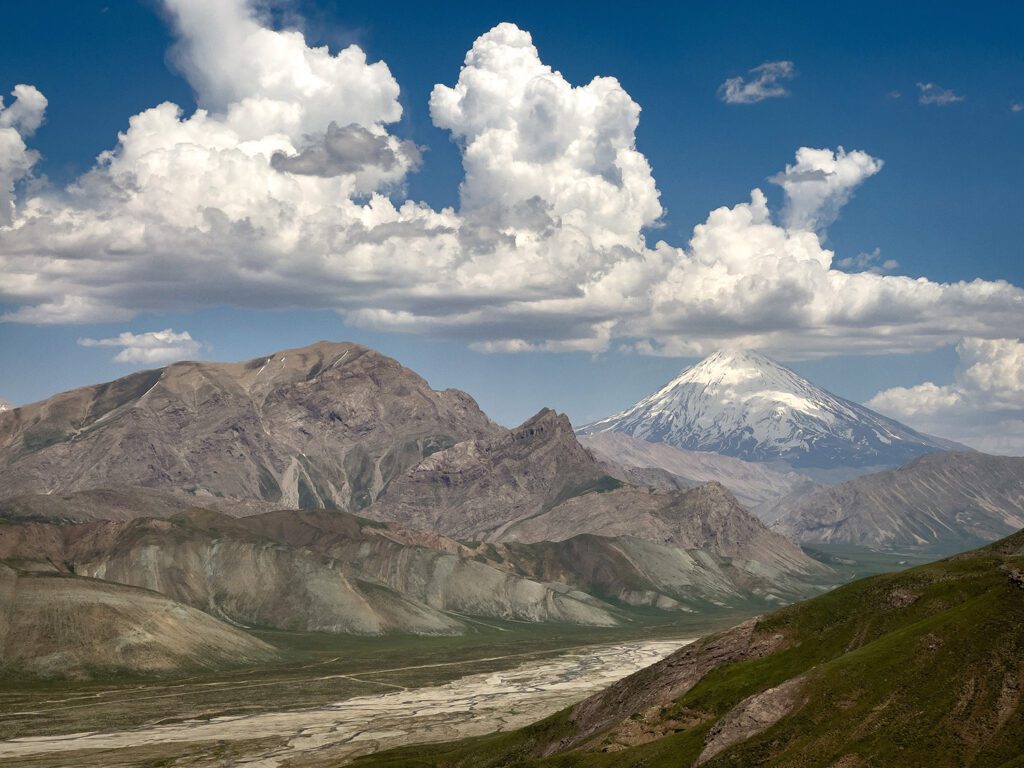
Mountains have been a repetitive topic in Iranian folklore and legends. As the home of mythical heroes and creatures, Mount Damavand holds a special place in Iranian culture. In Persian folklore, it is frequently connected with legends like Arash the Archer and is viewed as an image of solidarity and strength.
Adventure and Recreation
In addition to their social and natural importance, Iran’s mountains offer a large number of sporting open doors for travelers and outside lovers.
Mountaineers from all over the world frequently visit Iran’s peaks, particularly Mount Damavand. Getting over these mountains gives an actual test as well as an opportunity to observe stunning scenes and experience the excitement of arriving at the culmination.
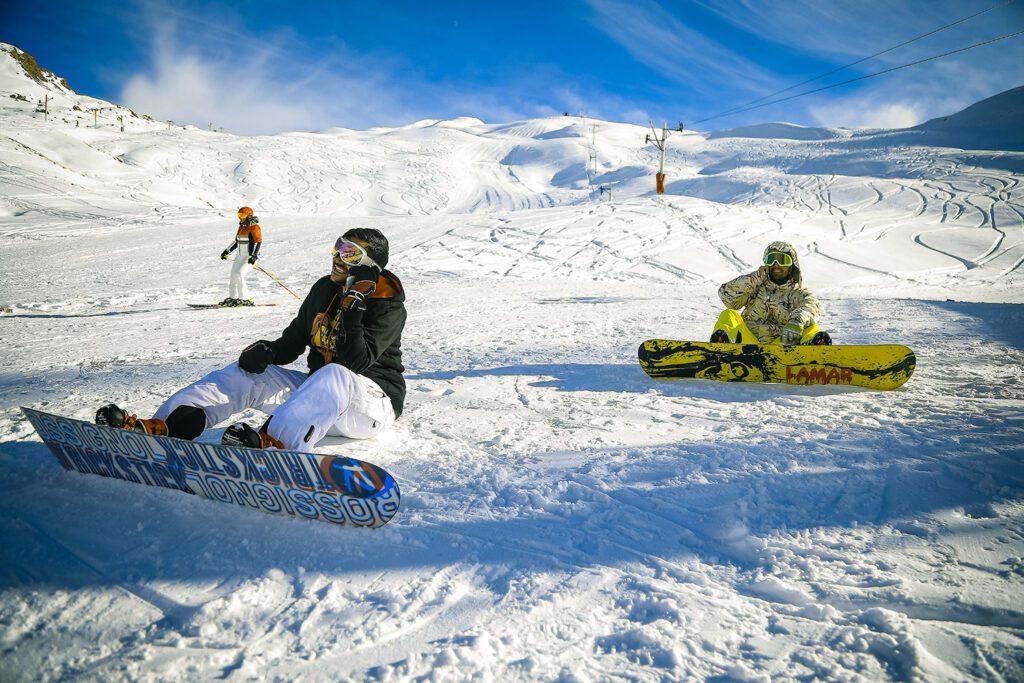
The hilly areas offer endless climbing and traveling courses for all expertise levels. These excursions lead through different scenes, from lavish valleys to infertile levels, and give valuable chances to experience the neighborhood greenery.
Orienttrips Experience
Book Ski Tour
Throughout the cold weather months, the Alborz Mountains become a playground for winter sports enthusiasts. The ski resorts in this district offer an opportunity to appreciate skiing and snowboarding against a scenery of shocking mountain vistas.
Mountaineering in Iran
Mountaineering in Iran is a specific experience. Below, you can read about some of the highest peaks in Iran:
Mount Damavand
Standing tall at impressive 5,610 meters (18,406 feet), Mount Damavand reigns as the highest peak in Iran as well as in the whole Middle East. Damavand is a prized natural wonder and an iconic Iranian landmark in the Alborz Mountain range, north of Tehran.
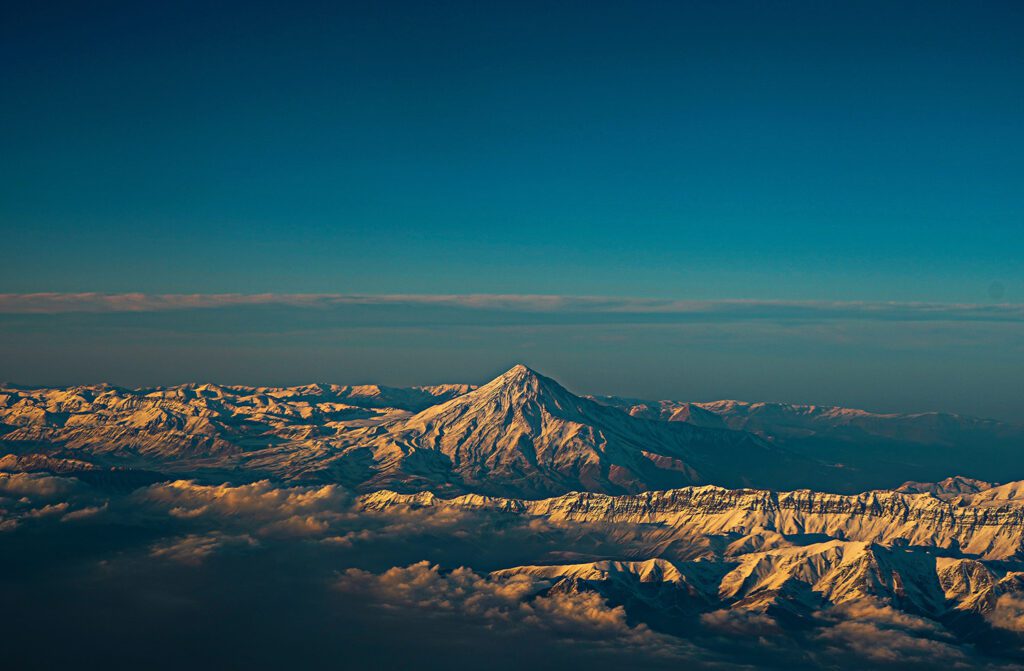
Climbing Damavand is a difficult however compensating experience. The mountain is a stratovolcano and is known for its flighty weather patterns, serious areas of strength for including and quickly evolving temperatures. The southern face is the most popular climbing route, and it has many trails for climbers of all skill levels. The excursion to the highest point gives all encompassing perspectives on the Caspian Sea and the encompassing mountains, making it a must-do experience for mountain climbers.
Mount Alam-Kuh
The second-most elevated peak in Iran, Mount Alam-Kuh, is part of the Alborz Mountain range. It is renowned for its challenging terrain and stunning scenery at an elevation of 4,850 meters (15,912 feet).
Alam-Kuh climbing is a favorite among experienced alpinists and mountaineers. For those who are looking for a more difficult ascent, the mountain’s rough and technical routes provide an exciting adventure. It’s important to note that climbing Alam-Kuh requires advanced mountaineering skills and preparation.
Mount Sabalan
Mount Sabalan is a mountain in the northwest of Iran with an elevation of 4,811 meters (15,784 feet) above sea level. The unique geological features of this dormant volcano, which is part of the Sabalan Mountain range and has a crater lake at its summit, make it famous.
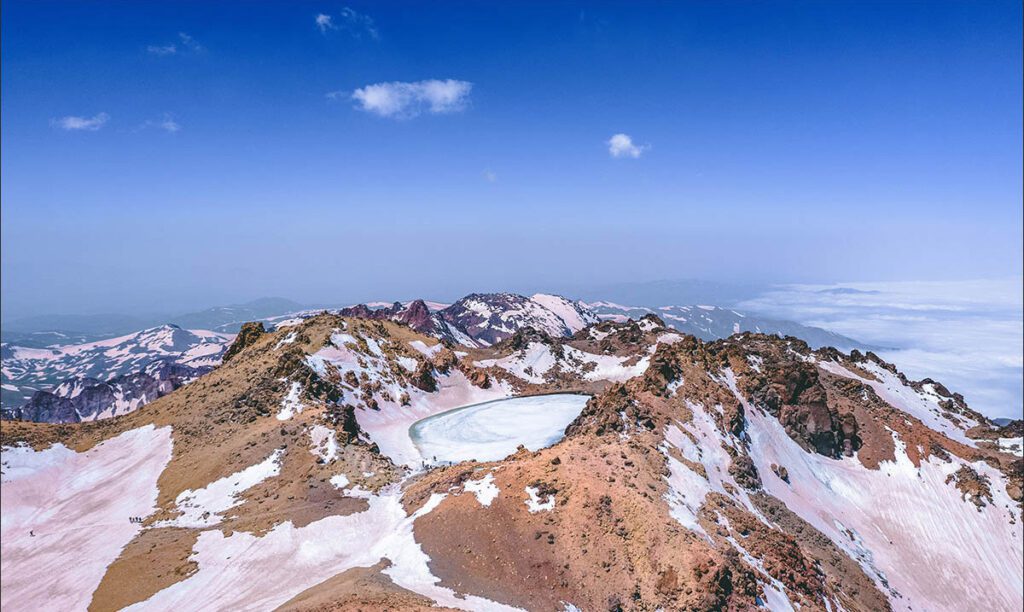
When compared to the Alborz peaks, climbing Mount Sabalan provides a different experience. Sabalan is accessible to a wider range of climbers, including beginners, thanks to its relatively simple ascent. The excursion to the culmination incorporates beautiful scenes, hot springs, and the valuable chance to observe the shocking Lake Sabalan at the top, which stays frozen for a significant part of the year.
Mount Taftan
Mount Taftan, also known as the Mount Taftan volcano, can be found in the southeast of Iran, close to the Pakistani border. It arrives at a height of around 4,042 meters (13,255 feet) and is viewed as perhaps of the greatest top in Iran’s eastern mountain ranges.
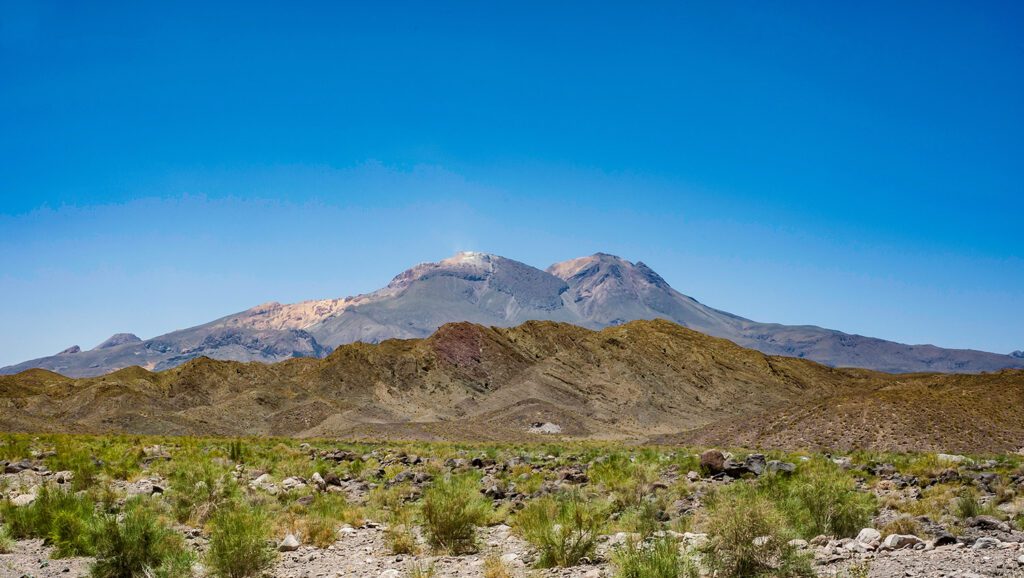
Due to its remote location in the southeast desert, climbing Taftan is a one-of-a-kind experience. Compared to the northern peaks, the ascent is less popular, but it comes with its own set of challenges, such as harsh desert conditions and a lack of established trails.
Mount Zard-Kuh
Mount Zard-Kuh is 4,548 meters (14,921 feet) high and is a part of the Zagros Mountain range in southwestern Iran. The arid and rugged landscape of the northern Alborz Mountains is markedly different from that of this range.
Getting over this mountain is a bold endeavor for those looking for an alternate side of Iran’s mountains. Climbers will find steep slopes and rocky terrain in the Zagros range to be challenging environments, as well as unique geological features.
Iran’s mountains are not simply geographical arrangements; They are living things that shape the culture, ecology, and identity of the nation. From the rugged Zagros to the towering Alborz, these magnificent peaks are a reminder of the immense power of geological forces and the resilience of life in difficult environments. Iran’s mountains have something remarkable to offer adventure seekers, nature lovers, and cultural enthusiasts alike. They demonstrate the unbreakable bond that exists between humans and the natural world, as well as the splendor and variety of our planet. Thus, mountaineering in Iran is a must for every mountaineer.
Iran is a country with a lot of different landscapes. It has a lot of mountains, some of which are the highest in the Middle East. In addition to providing breathtaking views, these towering summits are also playgrounds for adventurers and mountaineers.

